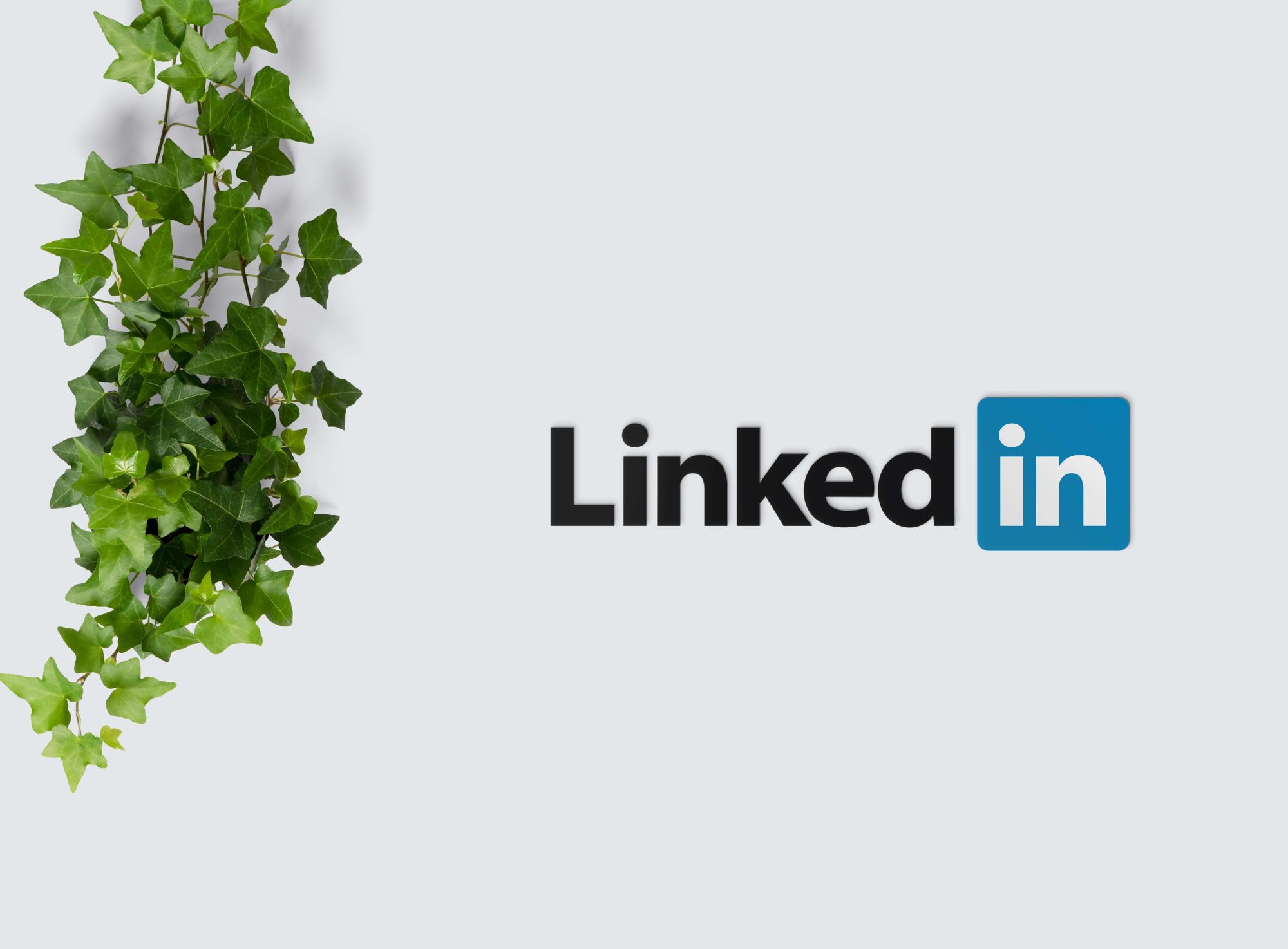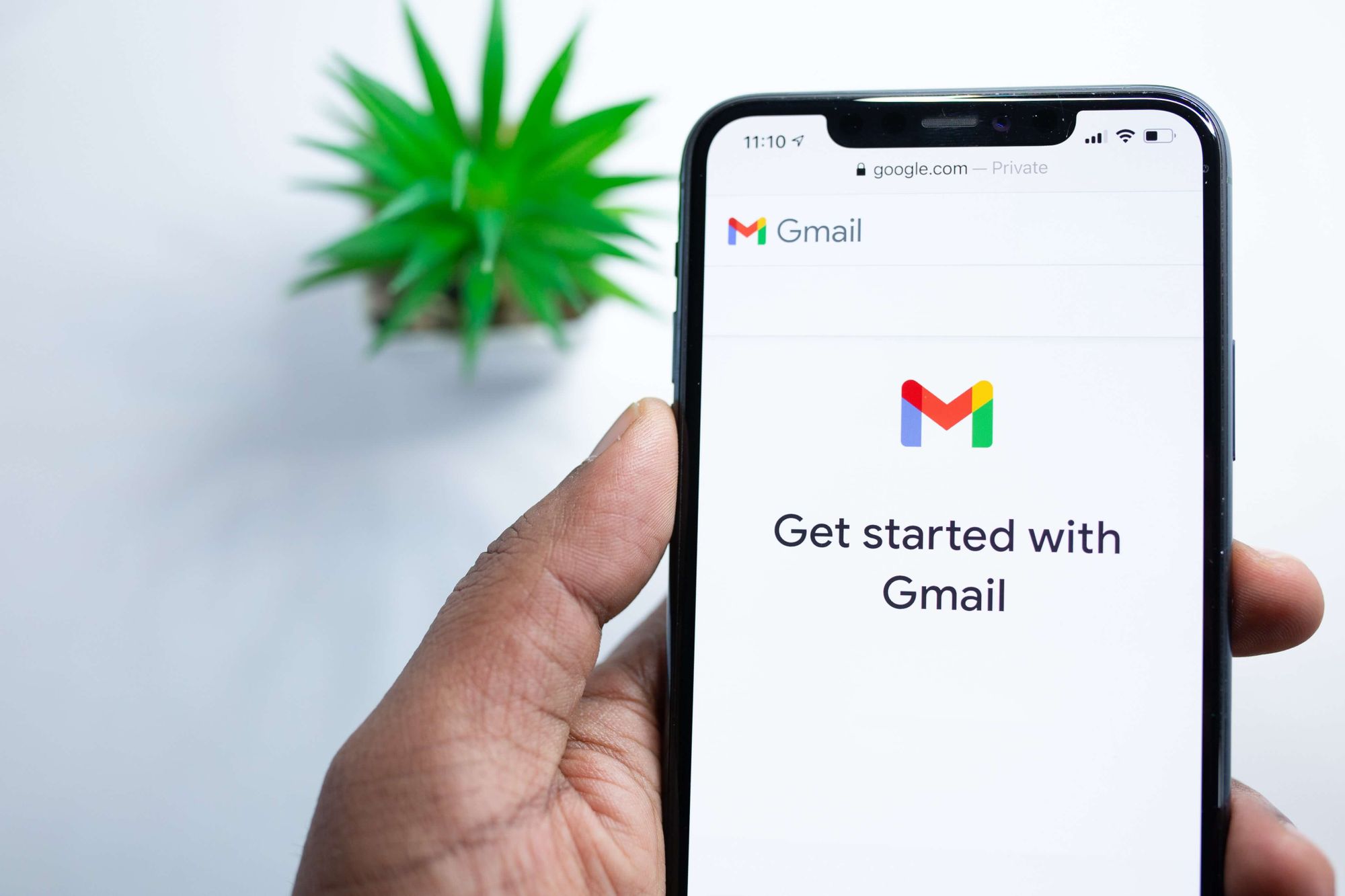Account-based marketing (ABM) stands at the forefront of modern marketing methodologies, spotlighting the importance of personalized interactions with high-value accounts.
Amidst the multitude of available communication channels, a pivotal question emerges: How do you discern the most effective platforms for a successful ABM strategy? The strategic selection of channels becomes a linchpin for targeted marketing success.
Before we list the key channels you should focus on for account-based marketing, let’s first cover the ABM basics.
What is account-based marketing?
ABM is a strategy that focuses on directing your marketing and sales toward a set of high-value target accounts.
Account-based marketing is especially important in B2B marketing. It makes all the hard work and effort you put into your marketing highly targeted. You’ll be creating everything with a specific focus in mind. The revenue of B2B companies using ABM strategies can be over 200% higher than those who don’t!
Essentially, ABM allows you to personalize and target your content, marketing campaign, and sales pitches to accounts that have been identified as high value. This is a lot more efficient than just marketing to a large but general audience where the chances of potential buyers seeing the value of your brand are highly diluted.
It’s important that you develop an effective and detailed ABM strategy that closely aligns your marketing and sales teams. If you want to implement an ABM framework but aren’t sure how, check out our guide to everything you need to get started.

Why is ABM important?
ABM is pivotal when it comes to delivering a highly targeted and personalized approach to marketing, as it focuses on specific high-value accounts rather than looking at them broadly.
This precision enhances the likelihood of converting leads into customers, as marketing efforts are tailored to address the unique needs and challenges of individuals.
ABM also facilitates closer collaboration between sales and marketing teams, promoting a unified approach toward achieving common goals.
💸 What ABM is and why it’s important for driving revenue
🔎 How to identify and prioritize target accounts
🧠 Best practices for creating and delivering personalized content
🥇 How to measure the success of your ABM strategy
Get your hands on your ABM playbook now and get ready to start driving growth for your business! 🚀
What’s the difference between marketing and account-based marketing?
Traditional marketing typically employs a broad approach, aiming to reach a wide audience through various channels with generalized messaging. This approach is often characterized by mass advertising, content creation for a general audience, and lead-generation tactics that cast a wide net.
Account-based marketing, however, takes a more targeted and personalized approach. Instead of addressing a vast audience, ABM focuses on specific high-value accounts. This means tailoring marketing efforts to meet unique needs and challenges. Think: Creating personalized content, developing custom campaigns, and using highly targeted communications.
The fundamental difference lies in the level of specificity and personalization that ABM brings to the marketing process – honing in on a select group of accounts deemed most valuable.
What’s the difference between account-based marketing and demand generation?
Account-based marketing is like deciding to focus all your sales efforts on just a few high-value target accounts. You research – in-depth – to understand those accounts' needs, challenges, and goals. Then you develop hyper-personalized campaigns to resonate with each target account. It's a very tailored approach, almost like having a dedicated sales rep for just a handful of named accounts.
Demand generation casts a wider net. It's about creating content, running ads, and implementing campaigns that appeal to many potential customers in your market. The goal is to attract net new leads, filling up your sales pipeline. Demand gen focuses on scaling your marketing to reach the masses.
With ABM, you're nurturing relationships with a chosen few VIP accounts. With demand gen, you're playing a numbers game – generate more leads and you increase the chances of converting sales.
What are the primary tiers of account-based marketing?
Account-based marketing operates at different levels – account tiering – which offers flexibility based on the scale and resources available:
ABM tier 1: Target accounts
Tier 1 accounts are the most valuable, high-potential accounts that warrant deep research and highly customized engagement.
These accounts get white-glove treatment with personalized campaigns, bespoke content, and one-on-one outreach tailored to their unique needs and challenges.
Building relationships within these accounts is crucial if you want to fully understand pain points and how your solution can provide value.
ABM tier 2: Engaged accounts
Tier 2 accounts are still priority targets but don't get the same level of personalization as Tier 1. Research is still needed to understand key stakeholders and interests, but outreach can be slightly more generalized for broader appeal.
Content and campaigns may focus on common elements like industry or customer profiles instead of a completely customized approach.
The goal is to provide relevant, valuable touchpoints to continue building engagement.
ABM tier 3: Prospective accounts
Tier 3 accounts have the widest reach but the lowest prioritization. Less time is invested in customization or research for these accounts.
Marketing is broader and more generalized based on basic account traits like industry, product interest, or company size. Traditional demand generation tactics like lead scoring help gauge interest levels in these accounts for potential promotion to higher tiers.
While the tiers differ, customization of all kinds can lead to meaningful engagement that nurtures new prospects and retains your high-lifetime-value customers.
Choosing the right channels for your ABM strategy
So, now that we’ve covered the basics, let’s get into choosing the right channels for your strategy.
You’ve decided to implement an ABM framework – great! – you might have even identified your target accounts and created content tailored to each of them.
But where do you post this content to ensure your target customers will actually see it?
This is where ABM channels come in. ABM channels are essentially the platforms you use to deliver your content to your targeted accounts. You need to know where your target audience spends their time and then maximize your efforts on in the appropriate places.
If you’re investing your time and money into advertising and promoting content on channels where your targeted audience doesn't spend much time, your brand will most likely remain invisible to your ideal buyers, and you won’t see the ROI on all the work you’re doing.
The best marketing channels for ABM
Social media platforms such as Facebook and X (Twitter) can make for great ABM channels, but when it comes to B2B marketing, LinkedIn is the channel B2B buyers use the most regularly and is also the one they trust the most.
Leveraging your brand’s LinkedIn profile as an ABM channel is definitely a smart move. There are a variety of ways that you can use LinkedIn to help with ABM.
You can use it to research accounts and identify which ones you’re going to target. LinkedIn Sales Navigator can help you profile your target accounts, find out about the employees currently working at the company, and identify the ones likely to be involved in deciding whether to purchase your product/service.
This helps with creating personalized content tailored to each individual account and will also guide your sales team on who to make contact with first.
LinkedIn Sponsored Content and LinkedIn Sponsored InMail campaigns are also great for ABM. You can create a list of your ideal accounts and have your content and marketing campaigns promoted to these specific targets. You can even promote content to specific people in the company based on job function or seniority to increase the awareness of your brand among the decision-makers.
One of the best things about LinkedIn is that you can track engagement by account. You can identify which accounts aren’t engaging as much with your content and adjust your strategy accordingly.

Email Marketing
Email marketing continues to be one of the best channels for ABM. It’s the main channel for B2B marketing with good reason, as it’s shown to have an average return on investment (ROI) of 3,800%.
When it comes to emails, to make your marketing effective, highly personalized content is key. In fact, personalization can lead to a more than 200% increase in conversion rates!
Go further than just addressing them by their first name; add their company name, their specific role, and the industry they’re in. Talk about their specific business, and what they do, and congratulate them for their recent successes. From this, you’ll then be able to show the value and worth of your brand in terms of your customers' or prospects’ specific needs.
Do your research on each of your accounts: Look at what their current struggles and challenges are and address these in your email by explaining how you can help. This not only highlights your brand's worth but also shows them you have taken the time to learn about their business.
And don’t forget to create a snappy, engaging subject line.

Telemarketing
Telemarketing is one of the best ABM channels that allows you to connect with your target accounts on a 1-1 basis.
Just like email marketing, it’s vital to research each target account first to identify their current challenges and struggles. It’ll make the call more informative and engaging for your potential buyer as you can explain how your product/service will specifically help them.
You could also do a little digging and see if the account has engaged with any of your content to get an indication of what they are specifically looking for, e.g. have they recently downloaded one of your playbooks, downloaded your reports, or attended a webinar on a specific topic, etc.
Prepare well for the call and ensure you know exactly what you want to tell the client about your product/service. It’s important to not sound scripted or robotic when talking as this can result in the client losing interest and potentially ending the call. Allow for the conversation to flow naturally to keep the client engaged throughout.
Telemarketing is also a great way to gain additional data about your target accounts, which you can further implement into your ABM strategy.
Direct mail
Although digital marketing channels are currently seen as the main way to increase brand awareness, the use of direct mail in ABM still remains valuable for targeting individual accounts. Marketing campaigns that include the use of direct mail are 40% more likely to deliver higher acquisition levels compared to campaigns that don’t!
Sending personalized letters to individual accounts introducing your brand and product/service is a great way to increase brand awareness. You can then follow this up with tailored infographics to show your brand’s specific offer to them.
You could also include incentives like coupons with discounts for their first purchase. Direct mail can also be used to send out regular educational content to current clients to enhance their buyers’ journey and reduce the chance of customer churn.
Direct mail isn’t utilized by all businesses, so by using this as a channel, you stand a good chance of standing out from your competitors, giving you space to show your target accounts that you’re a brand worth investing time and money into.
Paid ads
Digital paid ads are excellent for ABM as they allow you to reach your target audience over a variety of channels.
Social media platforms such as Facebook, Twitter, and LinkedIn offer paid advertisements and allow you to select which accounts you want them to be seen by. Facebook allows you to filter by email address, phone number, age, location, and gender to target accounts that match your specific account profile.
LinkedIn also provides a filter where you can pick and choose the characteristics of your target accounts. You can then promote your content to accounts within that profile enabling you to reach a broader audience and stay highly targeted.
You can also utilize paid searches on search engines such as Google or Bing. Google Ads, for example, allows you to provide the email addresses of your target accounts and will then promote your ads to them whenever they’re signed into Google.
Host live events and meetings
Face-to-face contact is important in ABM. Hosting in-person meetings or live virtual events enables you to connect more with your target accounts and is a great way to learn more about them.
Be authentic when talking about your brand and the product/service you offer. Discuss their current challenges/needs and address any queries they may have about your product.
Try to create a relaxed atmosphere in the meetings and allow for light casual conversation as this can help greatly in building a personal 1-1 relationship with your potential buyers.

How do you measure the success of account-based marketing?
Measuring the success of ABM involves a combination of quantitative and qualitative metrics that assess both the efficiency and impact of your efforts.
Here are key approaches to measuring your account-based marketing:
Account engagement
Track open and click rates on emails, views/downloads of targeted content, and other engagement metrics to see how your messaging is resonating.
Increased engagement over time is what you want to aim for – it shows your ABM strategy is effective.
Conversions
Monitor account conversions like closed deals, expansion within accounts, and renewed contracts. These concrete conversions indicate your ABM focus is successfully bringing in and retaining business from targeted accounts.
Account penetration
Measure the percentage of target accounts where you've established engagement with multiple contacts. This shows your ability to expand relationships within key accounts.
Revenue
Ultimately, revenue growth, especially from targeted accounts, is a top-level ABM success metric. Track revenue over time from engaged accounts as well as revenue from new versus existing accounts.
Account retention
Account retention and reduced customer churn are great signs your ABM strategy is strengthening existing customer relationships.
Cost efficiency
Track marketing costs per account engaged and compare acquisition costs to customer lifetime value. Lower cost X with higher lifetime value indicates efficiency. And, overall, ABM aims to efficiently use your resources.
Persona engagement
See which buyer personas from target accounts are engaging with your content to refine persona profiles and outreach.
Remember, though, that buyer personas should never remain static – you want these fictional representations of your ideal customers to remain flexible; you should regularly review and update your buyer personas so they remain relevant and your marketing and sales strategies are consistently effective.
By regularly monitoring both marketing engagement metrics and sales conversions and revenue, you can continually refine and improve your ABM strategy over time.
The key is choosing metrics aligned with your specific ABM goals.
Final thoughts
Choosing the right channels is one of the hardest challenges in ABM but also one of the most vital. It can make or break your strategy.
Ensure you are continually tracking the engagement of your target accounts on each channel to identify the ones that are worth prioritizing.
Putting time and effort into making sure you are utilizing the right channels will maximize the overall success of your ABM strategy and increase your visibility to your target audience.



 Follow us on LinkedIn
Follow us on LinkedIn




